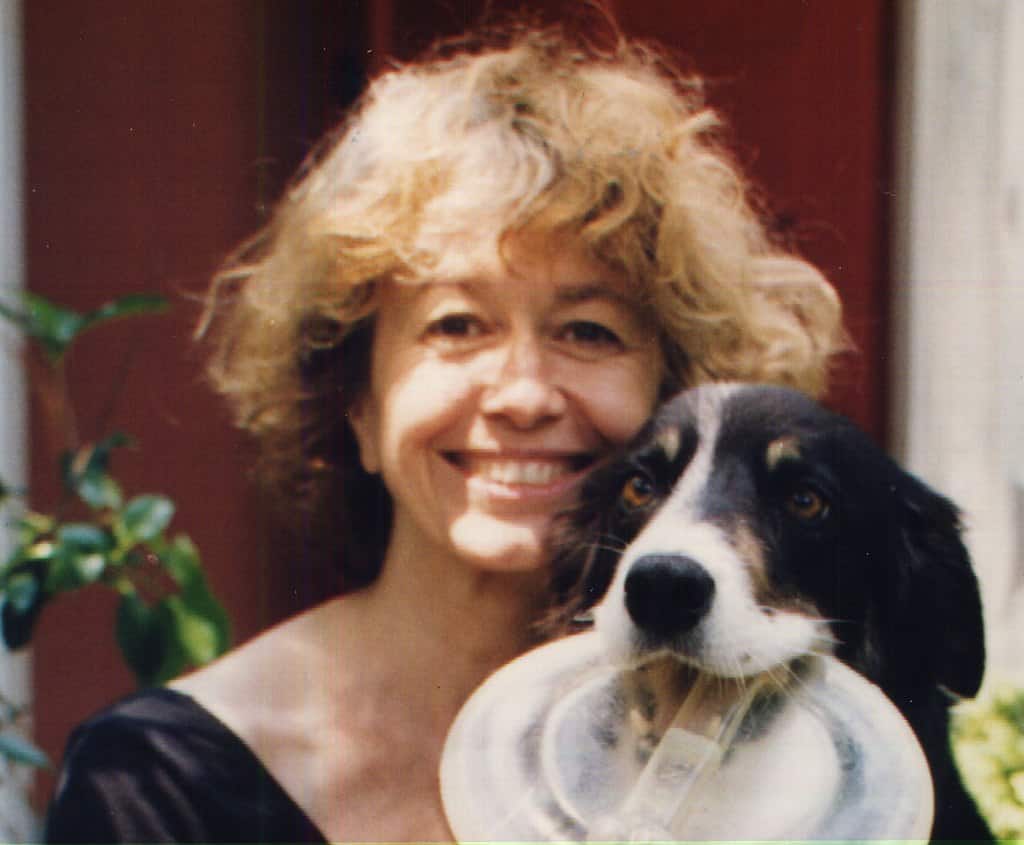
Polly Matzinger via wikimedia
Polly Matzinger’s high school yearbook described her as “most likely not to succeed.” For a number of years, Polly seemed to be fulfilling that prophecy. Her mother and father were immigrants to the US. Her father was a Dutch resistance fighter who survived Dachau and her mother was a former nun. As immigrants to the US, Polly’s family relocated often. Polly started college but quit because she was bored.
Over the next several years, Polly had a number of low-wage jobs. Her best paying job was being a Playboy bunny. She decided to work as a cocktail waitress because it gave her time to pursue her creative interests. When Polly was 25, she overheard two customers, biology professors, discussing their research. She was intrigued. And she started asking them questions they couldn’t answer. The professors took an interest in Polly, bringing her articles to read and encouraging her to resume her education. One assured her that if she studied biology, she’d never be bored.
Nine years after she had first started college, Polly graduated. She completed a PhD when she was 32. For the next 10 years, Polly conducted research on immunology in Europe. She returned to the US to become the section head at the National Institute of Allergy and Infectious Diseases (NIAID).
Polly created a stir in the field of immunology when she proposed a new model, the danger model, of how our immune system works. The existing model was the self/non-self model–that our immune system attacks non-self cells. The problem with this model was that it didn’t explain the behavior of cancer cells. Polly’s model was a plausible explanation for the growth of cancer cells. The danger model suggested that our immune system is activated by cell damage or unexpected cell death. The old guard in immunology research initially were resistant to this idea. But today, Polly’s model is widely accepted science. There is still no model that explains our immune system completely, but Polly is recognized today as one of the top 100 scientists of the past century.
There is a value in thinking through problems with fresh eyes. Polly took an unconventional approach to her career. Perhaps that gave her the ability to think anew. She was willing to challenge the old guard. She was not afraid to put forth her ideas which she knew would upset the research establishment.
Thinking anew requires discipline. You need to:
- Strip away past work and start again
- Think of possibilities other than extensions of what has been done before
- Be brave enough to put forward your ideas
- Don’t take rejections personally. Think of them as opportunities to advance your ideas.
Those who have mastered the art of thinking anew often have tumultuous careers. The status quo protectors will resist their ideas. But eventually, if the new ideas prove valid, those who think anew will be hailed as geniuses.
Responding to a question about the relation of science and technology, Polly once remarked, “Science is more like art and true scientists are more like artists…Science is about describing nature, and so is art: We’re painting nature.” Asked if the scientific world was too solemn, she replied, “Not true science. It’s art. Actually, it’s a sandbox and scientists get to play all of our lives.”
Just imagine a society that encourages more people to play with ideas, to describe nature in different ways. What if we opened up more pathways to success, to find those with inquisitive minds who want to play in the sandbox? Just imagine how we can help others realize their full potential.
* * *
“I decided to start anew, to strip away what I had been taught.” – Georgia O’Keefe (artist)
This is part of our “Just Imagine” series of occasional posts, inviting you to join us in imagining positive possibilities for a citizen-centered democracy.



